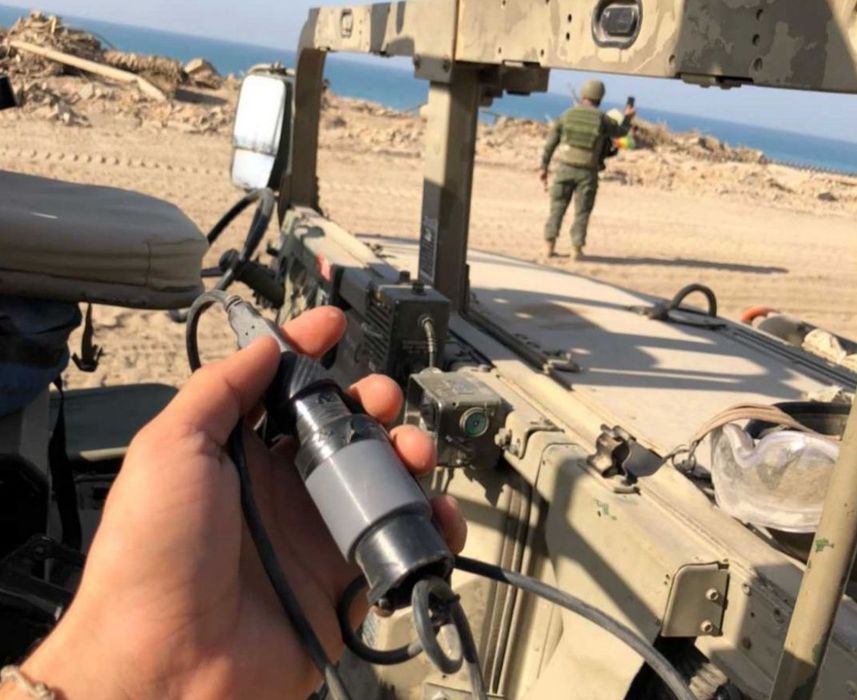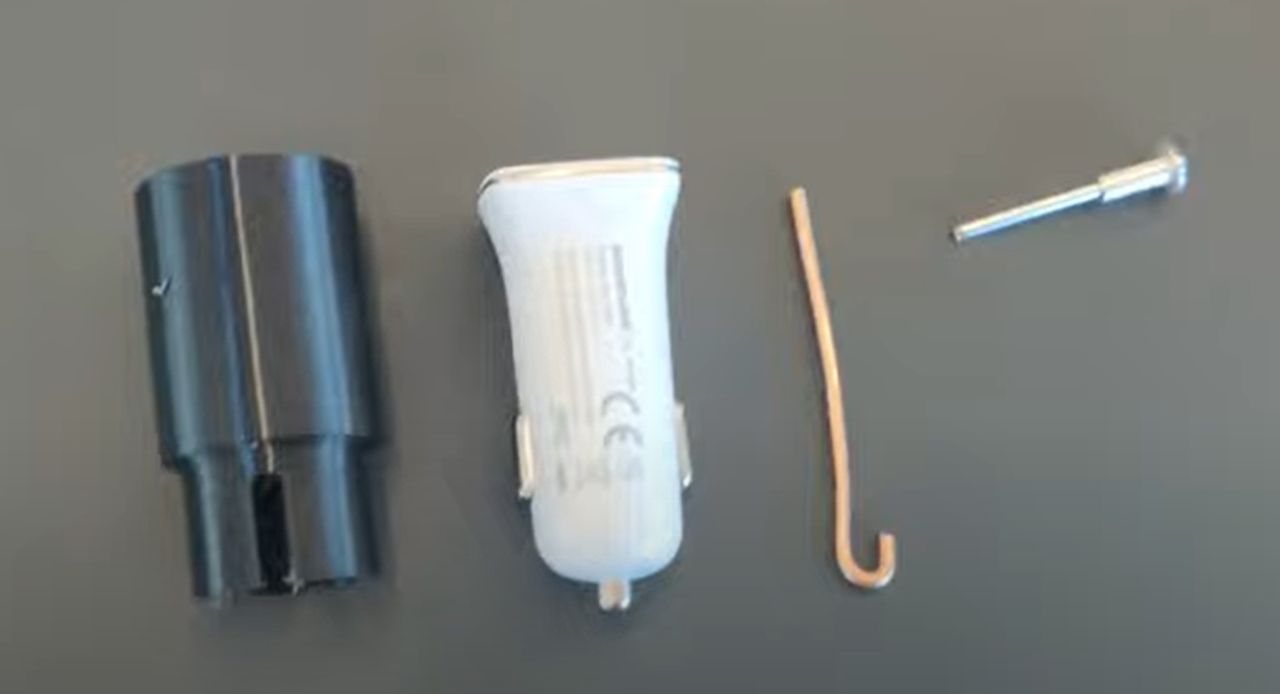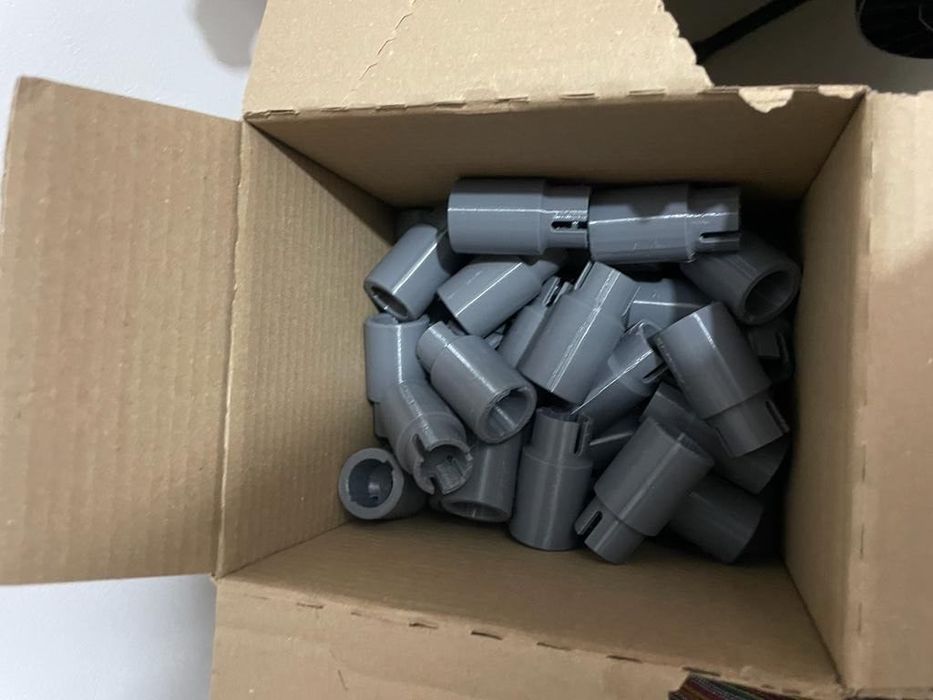
A grassroots organization in Israel is 3D printing items for the IDF.
3D4Israel is a busy operation at the moment. The organization operates an informal network of volunteers in Israel that together are able to quickly 3D print large quantities of parts on desktop 3D printing equipment.
Their main application at the moment is a power adapter. It turns out that the IDF’s standard military electrical outlet found on most vehicles is not compatible with standard smartphone connections. This means that soldiers are not able to charge while in the field, and they have been asking for a solution.

That’s been addressed with a design created by 3D4Israel, which provides a more standard electrical connection. You can see how it works in this short video:
According to our source, the 3D4Israel network now has over 300 volunteers operating 3D printers across Israel. Build orders are dispatched to them, and production begins. This is functionally similar to a massive 300+ unit print farm, except it’s distributed.
You’ll notice that in the video the connector requires a bit of assembly, as a wire must be attached. This is done separately at a production facility where volunteers quickly install the wiring.

From that virtual production system some 18,000 connectors have been produced already, which have been delivered to IDF requestors.
According to 3D4Israel:
“It is safe to say that it would be impossible to provide these connectors using conventional manufacturing, with the overhead of the procurement procedures. This is a classical case where AM is the only working solution for the challenge, possibly the best example of AM quick response usage I’ve seen. This small device is a real game changer for the soldiers that use it.”
The connector was a success, so the organization is now developing new 3D printable products for production. Evidently there are six more designs of a similar nature being produced — but not yet delivered, and the organization is working on further designs.
This is a pattern we’ve seen before: an emergency surfaces the need for a part, and networks of 3D printers almost immediately self-organize and produce the required parts.
It won’t be the last time we see this approach.
Via Facebook
